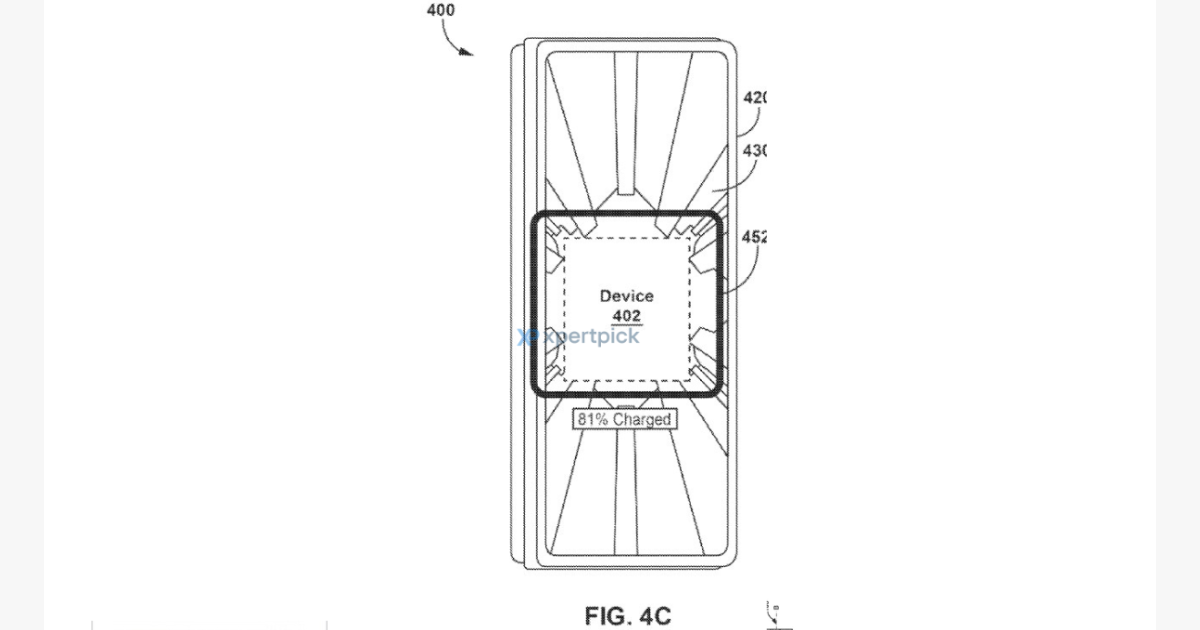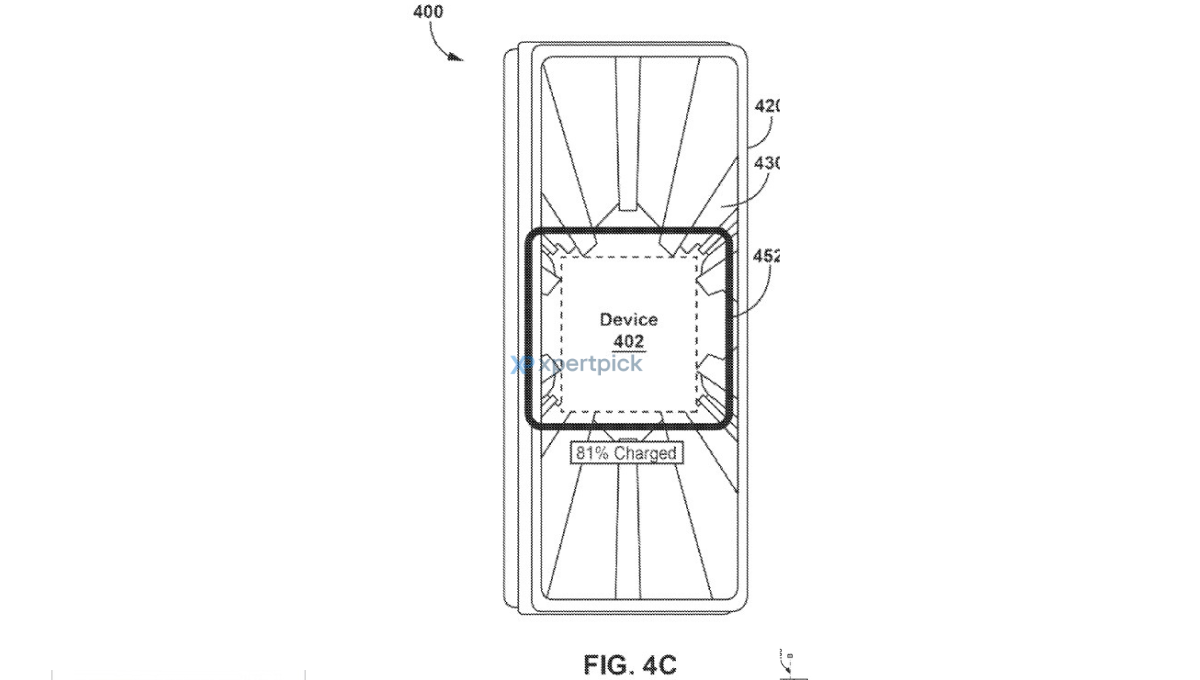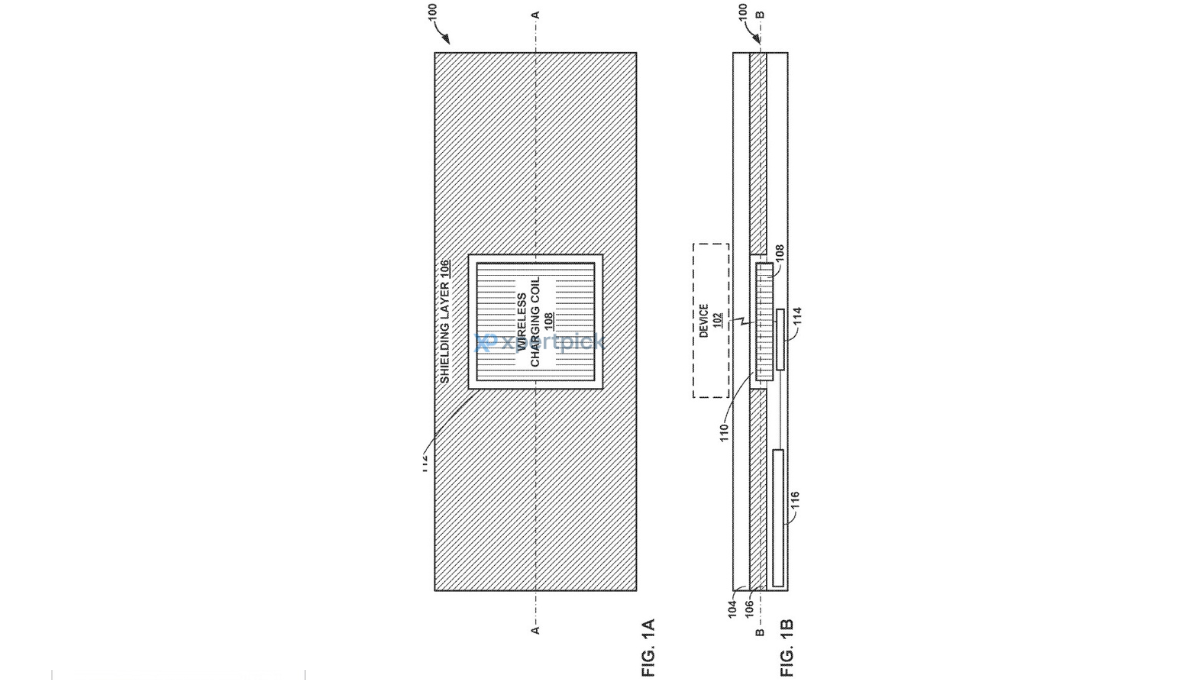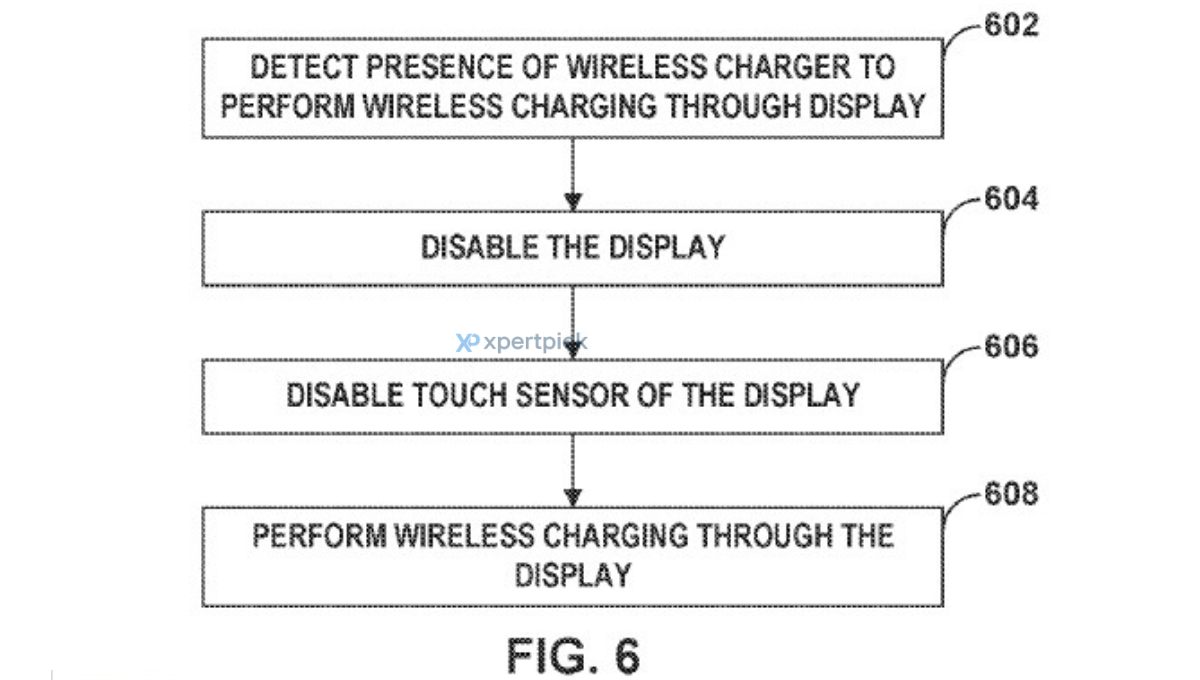
Google has filed a patent with the United States Patent and Trademark Office (USPTO) that suggests a new approach to wireless charging. The patent, titled Wireless Charging Through a Display, was published on March 27, 2025, under application number 18294508. It describes a mobile computing device that integrates a wireless charging coil beneath its display, allowing power transmission or reception through the screen.
This concept marks a shift from conventional wireless charging, which typically relies on the back panel of devices. The patent, credited to Google LLC and a team of inventors, hints at a potential future where smartphones and other gadgets can charge in a more versatile manner.
A new approach to wireless charging
- Traditional wireless charging involves placing a device face-up or face-down on a charging pad, with the power transfer occurring through the rear panel.
- Google’s patent proposes an alternative where the charging coil is embedded beneath the display, enabling power transfer through the screen itself.
- This setup could allow users to charge their devices without needing to place them face-down, reducing concerns about screen visibility and usability.
- Some of the patent images that are included in this post shed some information on how this concept works. In figure C, a Google device is shown displaying “81% Charged” on a light blue screen, indicating wireless charging through the screen. A wireless charging coil is outlined beneath the display. In the second image, figure 1A shows a top-down view of a device with a shielding layer over a wireless charging coil. Figure 1B provides a cross-section, revealing the coil beneath the shielding layer.
- The third image mentions that the wireless charging process starts by detecting a compatible charger. The display and touch sensor are disabled to optimise energy transfer before power transmission begins through the screen.
- The patent document suggests modifications to the display’s shielding layer to facilitate this process, ensuring efficient energy transfer while maintaining display performance.
- The patent describes two key use cases: devices acting as wireless power receivers and those functioning as wireless power sources.
- In one scenario, a smartphone could be placed screen-down on a wireless charging pad, drawing power without requiring its back panel to be exposed.
- Alternatively, a device with a built-in charging coil could transmit power to another device through its display, creating new possibilities for battery sharing between devices. This method could also enhance the convenience of charging accessories like smartwatches and earbuds.
While the above patent presents an intriguing possibility, it remains uncertain when or if Google will bring this technology to consumer devices. Patents often represent early-stage research and may not always translate into real-world products.


















